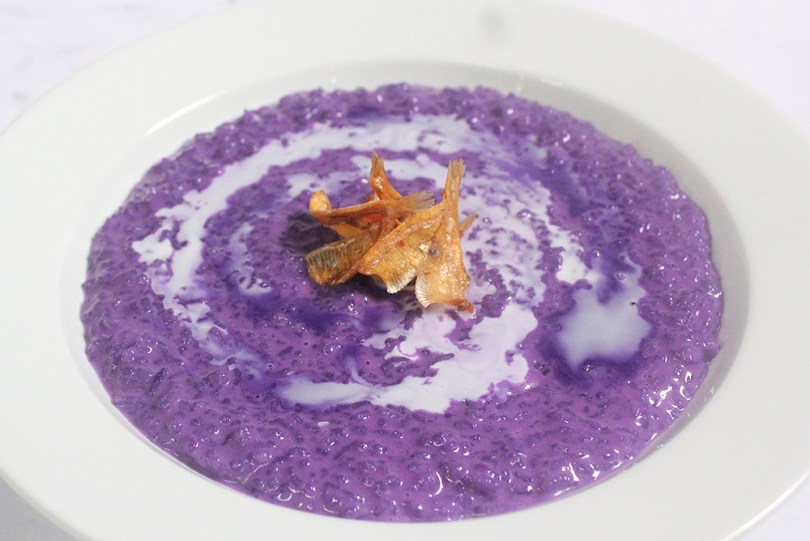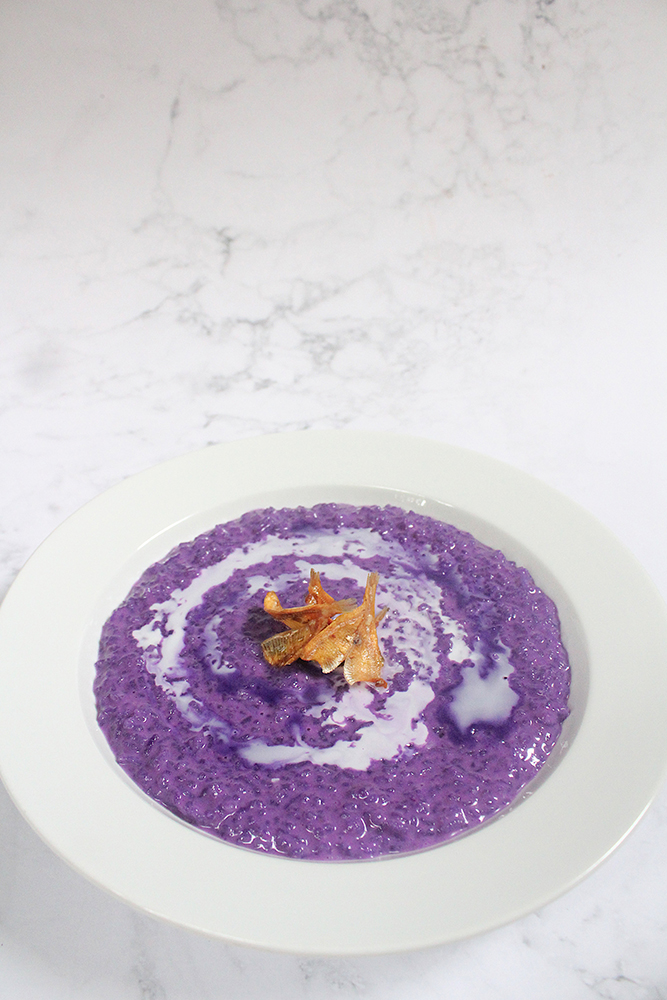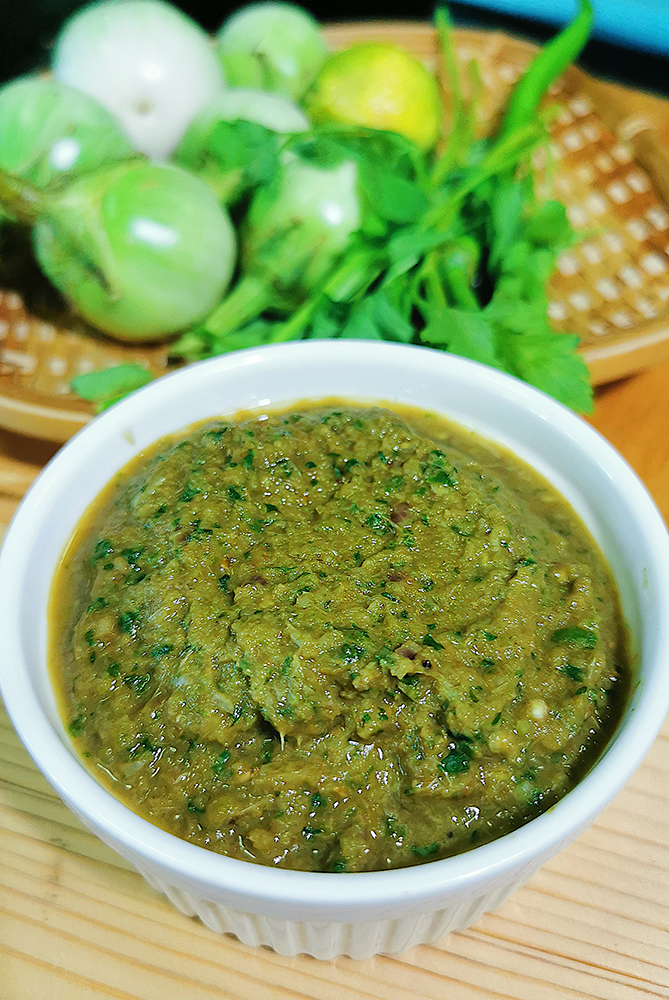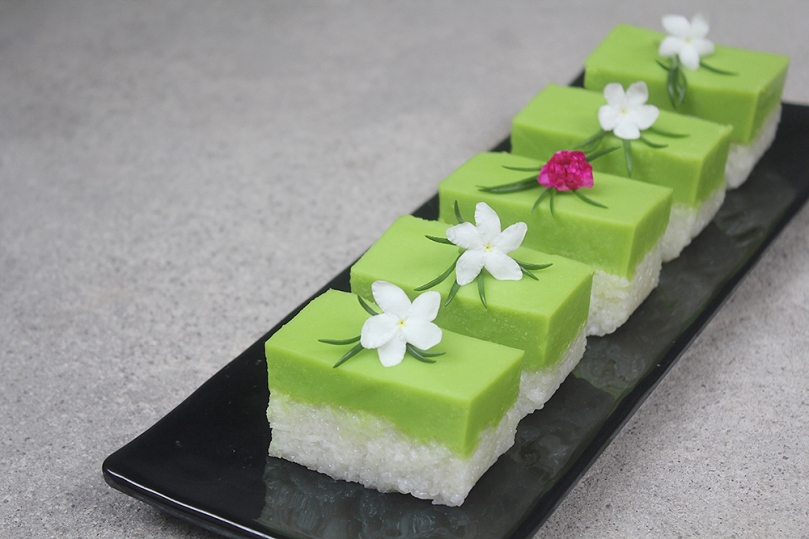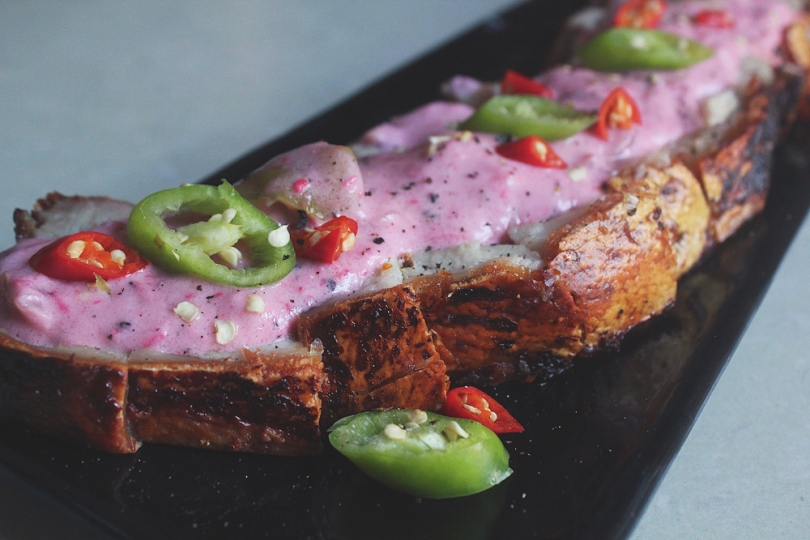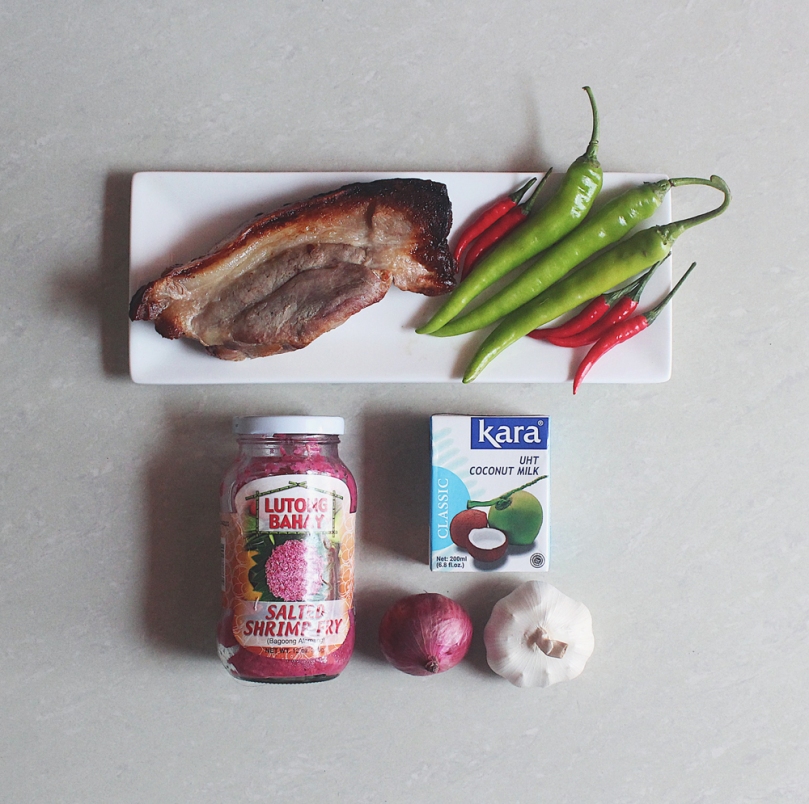Hello Everyone! Okay I lied… Well not exactly. You see, last week I said that that would be my last Coconut post for the month. Technically it is since it’s already February, but I do have one more Coconut post to share *cheeky grin* The recipe that I’m going to share with you guys tonight was actually not planned at all. I didn’t want this to end up in my already growing archive of recipes that I never get around to posting because it doesn’t fit with the current theme that I have going. Lucky for me tonight’s dish still fits! Let’s just say that this is a special Chinese New Year post to welcome in the Year of the Pig!
I saw a post on Instagram a while back, towards the beginning of the year I believe, of a new dish that Max’s Restaurant put out which is their Adobo Ribs. I haven’t had the chance to try it yet, but it made me want to try it out at home for myself, with my own twists of course – the twists being adding chipotle peppers for a spicy kick and stewing them in coconut milk as well – to fit with the theme of course *cheeky grin*

Adobo can mean marinade, sauce, or seasoning. It is a highly popular Filipino dish amongst locals and even foreigners. I remember when I was still studying in Australia, my taxi driver asked me where I was from. I told him that I was born in Brunei, but a Filipino by blood. To which he replied, “Oh I love the Philippines! And I love… What’s that dish called? Chicken Adobo!” Basically any non-Filipino that I’ve talked to throughout the years, Chicken Adobo and Sinigang are their favourite Filipino dishes.
Anyway, the cooking process of adobo is indigenous to the Philippines. Pre-colonial Filipinos often cooked or prepared their food with vinegar and salt to keep them fresh longer in the tropical climates of the country. To make adobo, you start off by marinating any variant of meat, seafood, or vegetables in vinegar, soy sauce, fresh garlic, black peppercorns, and dried bay leaves. It is then simmered in the marinade until the meat is tender. The dish is characteristically salty and sour in taste.
Now adding gata to the classic adobo makes the dish not only hearty, but also rich and creamy. Would you believe me if I said I’ve never had adobo sa gata before? I mean, I’ve had adobo countless of times growing up, but never with gata – until about a few weeks ago when we had lunch out after our Sunday morning mass. It felt like I had discovered a whole new world of adobo!

PREP TIME 1 HOUR | COOKING TIME 45 MINS | SERVES 4
INGREDIENTS
- 1 kg pork ribs
- 5-6 dried bay leaves
- 3 chipotle peppers in adobo sauce, sliced or minced
- 3 garlic cloves, crushed
- 2 garlic cloves, sliced thinly
- 1/2 cup coconut milk (fresh, canned, or frozen)
- 1/2 cup water
- 1/2 cup white vinegar
- 1/4 cup dark soy sauce
- 1 tbsp whole black peppercorns
- Red bird’s eye chilli, to garnish
METHOD
- In a large cooking pot, add the pork ribs together with the soy sauce, crushed garlic, whole black peppercorns, dried bay leaves, and chipotle peppers. Marinate for a minimum of 20 minutes. If you have time, marinate for an hour for the flavours to really infuse into the meat.
- Add the vinegar and water. Cover and cook over medium-high heat for about half an hour. Once done, turn the heat off and leave it aside, covered, for a further half an hour. The residual heat* from the cooking process will further cook and tenderise the meat.
*Residual heat, or residual cooking, or carry-over cooking, is when food continues to cook after it has been removed from a heat source. The heat held within the food itself raises its overall temperature before it starts to cool down.
- Meanwhile, heat about 2-3 tablespoons of oil in a small frying pan. Fry the garlic slices until golden brown, about 2-3 minutes. Drain and set aside.
- Turn the heat back on again on low and bring it back to a slow simmer. Once simmering, add the coconut milk in. It is important to slowly bring it back up to a simmer to avoid curdling the coconut milk. This happens when it is heated too quickly. Cook for a further 15 minutes.
- Once done, turn the heat off and transfer to a serving plate. Garnish with the fried garlic slices and chopped bird’s eye chillies. Serve with steamed jasmine rice and enjoy!


And with that, I would like to wish all my Chinese Family, Friends, Followers, and all those who are celebrating, a Happy Chinese New Year! May the Year of the Earth Pig bring you happiness, prosperity, good health, peace and success! 恭喜发财 Gōngxǐ fācái!
BON APPÉTIT
– Ally xx






